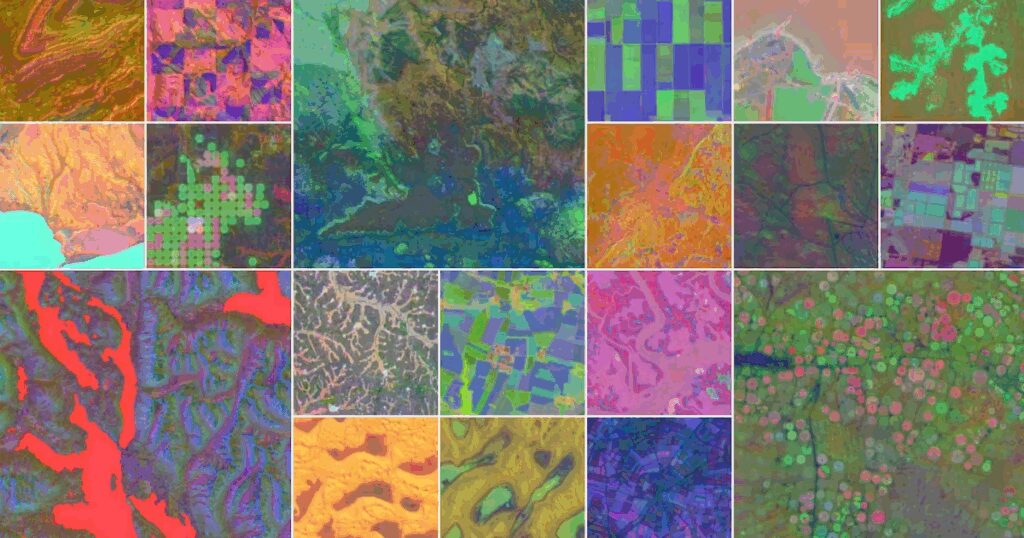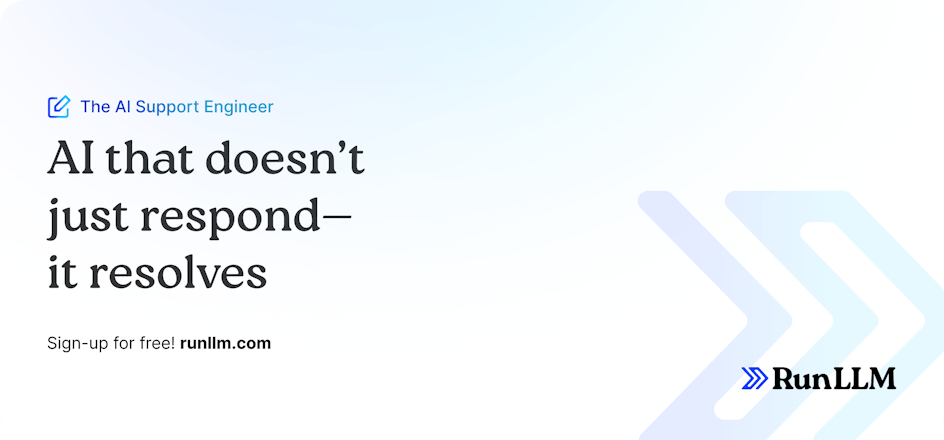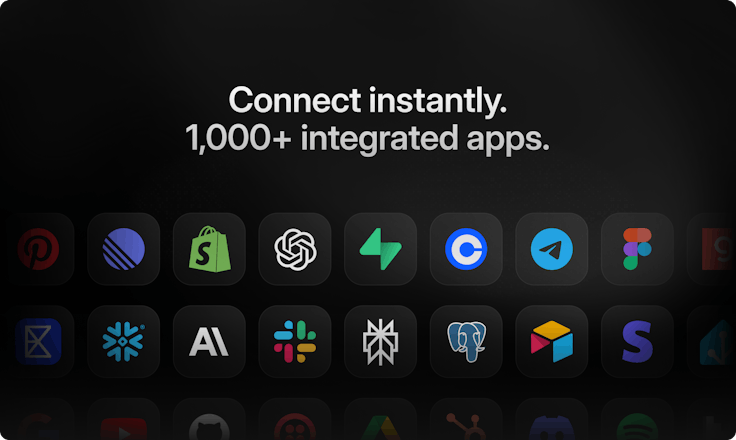AI Native Product Insights – 2025W31

Based on Product Hunt data, we’ve curated a selection of AI Native applications that demonstrate how AI is being built into the core of modern products. These AI Native solutions showcase new developments in functionality and are exploring fresh ways of human-AI interaction. Let’s dive into these AI Native applications.
1. AlphaEarth Foundations
📋 More Details
The model generates 64-dimensional geospatial embeddings that represent yearly multispectral satellite data, with each 10-meter pixel embedding packed with multi-source environmental insights. It combines data from Sentinel-2, Landsat, radar imaging, 3D surface metrics, climate simulations, and even text metadata — enabling faster and more contextual Earth analysis via Earth Engine’s built-in ML tools.
📊 Evaluation
AI Native Application Modernization: 94/100, exemplifies AI-native design — pretrained to deliver rich, spatial embeddings without the need for user-side inference or fine-tuning. It integrates deep learning tightly into the Earth data pipeline, forming a core part of modern geospatial intelligence workflows.
🔗 Website
https://deepmind.google/discover/blog/alphaearth-foundations-helps-map-our-planet-in-unprecedented-detail?ref=producthunt

2. GLM-4.5
📋 More Details
The, family—comprising the 355B flagship and 106B Air model—aims to unify reasoning, coding, and agent-oriented capabilities in a single open framework. Designed for complex, agent-native applications,, is released under open-weight terms for the community to innovate.
📊 Evaluation
AI Native Application Modernization: 92/100, is designed from the ground up as an AI-native architecture, centralizing multi-agent reasoning and generation tasks. Its MoE structure and focus on agentic workflows distinguish it from merely augmented LLMs.
🔗 Website
https://z.ai/?ref=producthunt

3. Kombai
📋 More Details
Optimized for the demands of frontend development,, deeply understands 30+ frameworks, reads complex design files, and simulates a developer’s planning process. It previews code changes before writing, routes tasks intelligently across models, and delivers compile-ready code more reliably than general-purpose agents.
📊 Evaluation
AI Native Application Modernization: 92/100, exemplifies AI-native architecture — generative AI is embedded at its core, from human-like codebase comprehension to intelligent design interpretation and model selection. It consistently outperforms even frontier LLMs on end-to-end frontend tasks.
🔗 Website
https://kombai.com/?ref=producthunt

4. RunLLM
📋 More Details, has evolved from a high-quality answer generator to an AI support engine with advanced reasoning capabilities. The v2 version features significant enhancements including multi-agent architecture, Python SDK for custom workflows, and deep contextual understanding with the ability to analyze logs and telemetry data. Early customer feedback shows impressive results: DataHub has saved over $1 million in engineering costs, vLLM community sees 99% of questions handled by, , and Arize AI achieved a 50% reduction in support workload.
📊 Evaluation
AI Native Application Modernization: 91/100, leverages generative AI as its foundation, not an add-on. Its agentic reasoning, multi-agent orchestration, and deep product integration reflect a mature AI-native architecture purpose-built for scalability and autonomy.
🔗 Website
https://www.runllm.com/?ref=producthunt

5. MCP Chat by Pipedream
MCP Chat lets you interact with over 2700 APIs and 10,000+ tools through natural language. It unifies software communication via a conversational interface, with support for any LLM or framework.
📋 More Details
Built using the Vercel AI SDK and Pipedream Connect, MCP Chat supports prompt-driven interactions like summarizing emails or preparing for meetings. It features secure auth, robust integrations, and is fully open-source under MIT license.
📊 Evaluation
AI Native Application Modernization: 91/100 MCP Chat is deeply AI-native—it’s designed to make LLMs useful across your software stack, turning APIs into chat-accessible tools via native prompt interfaces.
🔗 Website
https://chat.pipedream.com/?ref=producthunt

6. HunyuanWorld 1.0
Tencent’s, is an open-source generative AI model designed to create immersive, explorable 3D worlds from a single text prompt or image. It outputs standard 3D mesh assets, enabling seamless integration into game and creative pipelines.
📋 More Details
The model features object separation and independent editing capabilities, generating interactive realistic geometric environments through 360° panoramic proxy technology. It demonstrates comprehensive leading performance in benchmarks and serves as the first open-source world-scale 3D generation system, providing revolutionary solutions for game development and VR applications.
📊 Evaluation
AI Native Application Modernization: 91/100
AI is at the core—this is not an add-on. The model generates structured 3D assets directly from unstructured inputs, placing generative AI at the center of an end-to-end creative workflow.
🔗 Website
https://3d-models.hunyuan.tencent.com/world?ref=producthunt

Statement: Evaluation results are generated by AI, lack of data support, reference learning only.